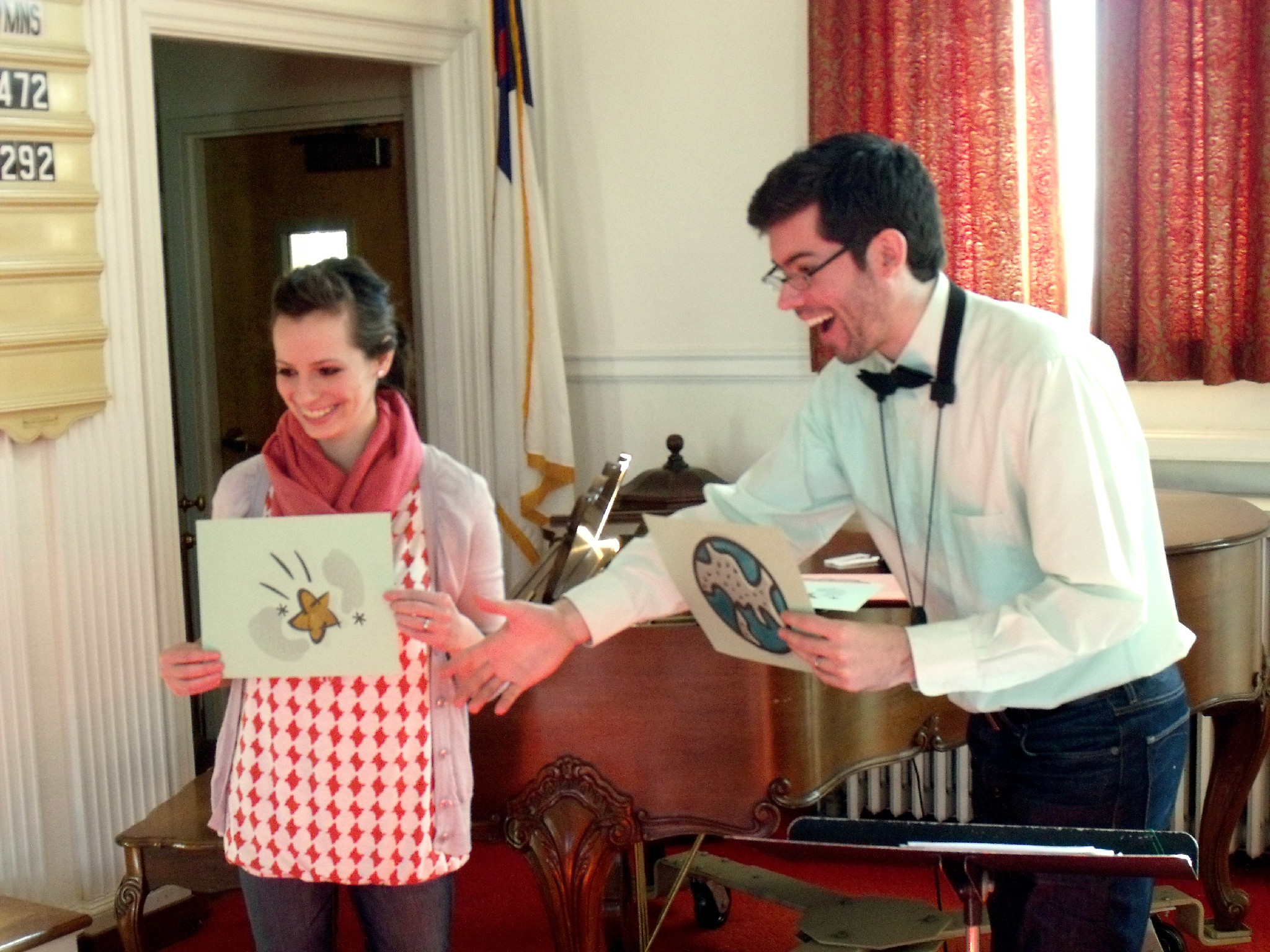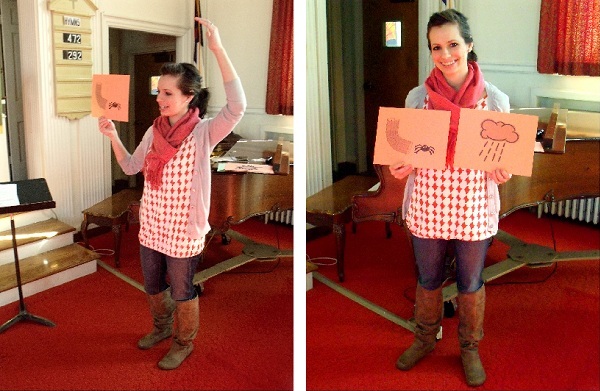Over the past month, or so, I’ve been putting together a few lists of what to teach when in children’s choir. Here are the links for the other posts in this series, in case you missed them:
What to Teach When: Younger Elementary (K-2nd grade)
What to Teach When: Older Elementary (3rd-5th grade)
Today, I’m going to talk about what to teach when in preschool choirs.
There’s no denying it: preschool choirs are pretty adorable. Watching them sing and do hand motions and wave to mom and dad is both sweet and heart-warming. But, if you’ve ever worked with preschool-age children, you know that leading a group of little singers each week takes a lot of thought, care, and intentional planning (and energy!).
Related Post: How to Create a Seamless, Joyful Experience for Your Preschool Choir
Preschool choir rehearsals often have lots of vocal exploration, steady beat movement activities, musical play (with instruments and story-telling), and lots of opportunities to experience musical contrasts: fast vs. slow, high vs. low, soft vs. loud, short vs. long.





 Last week, I wrote
Last week, I wrote 
 I love working with young children, particularly when we have the opportunity to sing! In my experience, most 4-year-olds are confident, adventurous, effervescent music-makers and they learn new things so quickly! When the opportunity arose to share a free program of music with a group of children from the community (ages 3-5), I was eager to take part. Together,
I love working with young children, particularly when we have the opportunity to sing! In my experience, most 4-year-olds are confident, adventurous, effervescent music-makers and they learn new things so quickly! When the opportunity arose to share a free program of music with a group of children from the community (ages 3-5), I was eager to take part. Together, 





